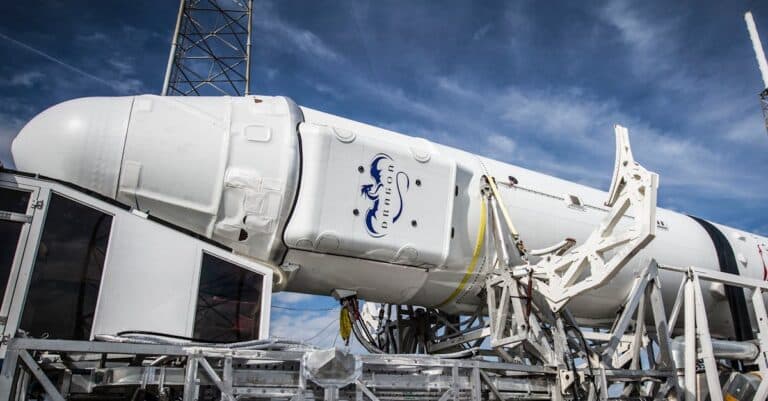There giraviation, encompassing devices such as gyroplanes, THE girodynes and the helicopters, represents a fascinating and historic branch of aviation. From its origins, it has played a crucial role in the evolution of air transport, broadening the horizons of mobility possibilities. Today, as technology and environmental innovations redefine the aeronautical landscape, gyraviation stands out as an effective response to current challenges. By prefiguring a future where means of transport become more and more sustainable and accessible, it lays the groundwork for a real revolution in the way we think about air transport.

There giraviation is a booming sector which brings together a set of flying devices such as gyroplanes, THE girodynes and the helicopters. It represents immense potential to transform the landscape of air transport, not only by offering practical and rapid solutions for passenger transport, but also by responding to ecological and economic issues. This article explores the foundations of gyraviation and its influence on the future of air transport.
Table des matières
ToggleThe foundations of Giraviation
Gyraviation, often considered to complement traditional aviation, is distinguished by its ability to take off and land vertically. Using rotors to generate lift, these devices, whether lightweight or more specialized, enable a wide variety of applications ranging from passenger transport to emergency rescue. This flexibility is one of the main reasons why gyraviation is attracting more and more attention from aviation professionals.
The advantages of air transport by gyraviation
The main advantage of gyraviation lies in its ability to access areas where traditional airfields are absent, making transport possible in remote areas. This not only saves time, but also enables rapid response during emergency situations, such as rescue missions or medicine delivery. In addition, with the rise of light aviation, these devices are increasingly accessible to the general public, thus broadening the field of possibilities for air transport.
An ecological dimension to take into account
In a context where the sustainability becomes essential, gyraviation presents itself as a potentially more environmentally friendly alternative. By optimizing short distances and offering less polluting solutions, this branch of aviation could well be the vector of a revolution in the field of air transport. Technological innovations in engines and lightweight materials also contribute to this vision of cleaner air transport.
The economic challenges of Giraviation
The development of gyraviation is accompanied by considerations economic major. By promoting access to areas that cannot be reached by other means of transport, it helps to boost certain regions, particularly in terms of tourism and commercial activities. At the same time, general aviation, often easy in its applications, represents a niche sector with significant growth potential, both for companies and individuals.
Future trends and innovation in Giraviation
By 2050, gyraviation could experience significant changes thanks to technological advances. The emergence of delivery drones and flying taxis demonstrates an evolution in practices in air transport. Current research aims to diversify applications of gyraviation, making these modes of transport increasingly autonomous and efficient. As a result, the aerial landscape could be transformed, offering a multitude of solutions adapted to contemporary needs.
The prospects offered by gyraviation are vast and must be explored. The meeting between technological innovation, sustainability and growing mobility needs opens the way to a new era in air transport. This dynamic sector, still in full expansion, is promising for the future, with benefits both practically and economically.

























